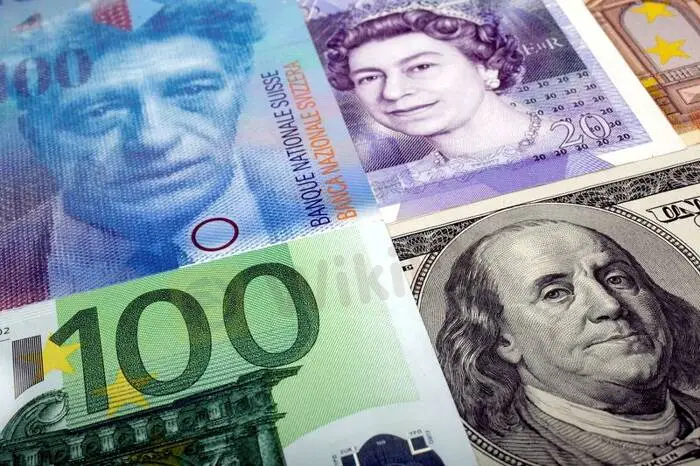简体中文
繁體中文
English
Pусский
日本語
ภาษาไทย
Tiếng Việt
Bahasa Indonesia
Español
हिन्दी
Filippiiniläinen
Français
Deutsch
Português
Türkçe
한국어
العربية
Currency markets try to regain footing, kiwi jumps after RBNZ meeting
Abstract:The dollar was on the front foot against the safe-haven Japanese yen and Swiss franc on Wednesday, as whipsawed markets looked to get a handle on the latest developments around Ukraine, though heightened nervousness kept most major pairs fairly muted .
Currency markets paused for breath on Wednesday after a choppy few sessions as whipsawed markets looked to get a handle on the latest developments in eastern Europe amid a deepening crisis in Ukraine.
Away from the threat of a full-scale Russian invasion of Ukraine, the New Zealand dollar jumped 0.52% after the Reserve Bank of New Zealand raised interest rates, and said more tightening could be necessary.
The euro was holding steady at $1.1325, sterling was pinned at $1.3593, and the safe haven yen and Swiss franc also took a breather having dropped sharply as investors held out hopes a major war over Ukraine could be averted.
Western nations and Japan on Tuesday punished Russia with new sanctions for ordering troops into separatist regions of eastern Ukraine and threatened to go further if Moscow launched an all-out invasion of its neighbour.
One U.S. dollar was worth 115.03 yen in Asia trade, with the greenback having climbed steadily overnight from its near three-week low of 114.48 hit Monday, and 0.9204 francs, after a 0.63% overnight rally.
This left the dollar index which measures the greenback against six peers little changed at 96.063.
“Despite the sanctions on Russia, the FX reaction has been quite muted,” said Carol Kong, a strategist at Commonwealth Bank of Australia.
She said the subdued market reaction and the falls by the dollar and yen overnight, “indicates that market participants are not really concerned about Russia-Ukraine tensions and certainly are not expecting them to spill over to affect the global economic outlook.”
High prices for energy, partly a result of the situation in Ukraine, and other commodities helped the Australian dollar rise to $0.7241 on Wednesday, its highest in nearly two weeks.
Oil rose to nearly $100 a barrel on Tuesday on worries of the Ukraine crisis could cause supply disruptions, and reached its highest level since 2014. [O/R]
These higher prices were also having an effect in Europe and the dollar tumbled 1.3% on the Norwegian krone on Tuesday.
On the global monetary front, the Reserve Bank of New Zealand gave investors a reminder that central bank policy was still a major factor in currencies.
While its 25-basis-point hike, its third in a row, was widely expected, the central bank revealed it came close to moving by 50 basis points to head off a further pick up in inflation expectations.
It also sharply revised up the projected path for the official cash rate (OCR) to peak at 3.35%, from 2.6% previously and well above market expectations.
(Reporting by Alun John; Editing by Shri Navaratnam)

Disclaimer:
The views in this article only represent the author's personal views, and do not constitute investment advice on this platform. This platform does not guarantee the accuracy, completeness and timeliness of the information in the article, and will not be liable for any loss caused by the use of or reliance on the information in the article.
WikiFX Broker
Latest News
Philippine POGO Scam Targets Over 5,000 Australians
5 Overlooked Details That Could Make or Break Your Trades
Are Forex Broker Bonuses Worth the Risk?
Dukascopy Adds 31 New ETFs to the JForex Platform
Understand How Expert Advisors and Automated Trading Work Together
Al & Machine Learning: Future of Forex Trading
Spotting Fake Brokers: A Must-Read Guide for 2025
Interpretation of MiCA Regulations
Japan\s Fuji TV: Top executives resign after Masahiro Nakai sex scandal
WikiFX Review: Is KCM Trade Legit?
Currency Calculator







